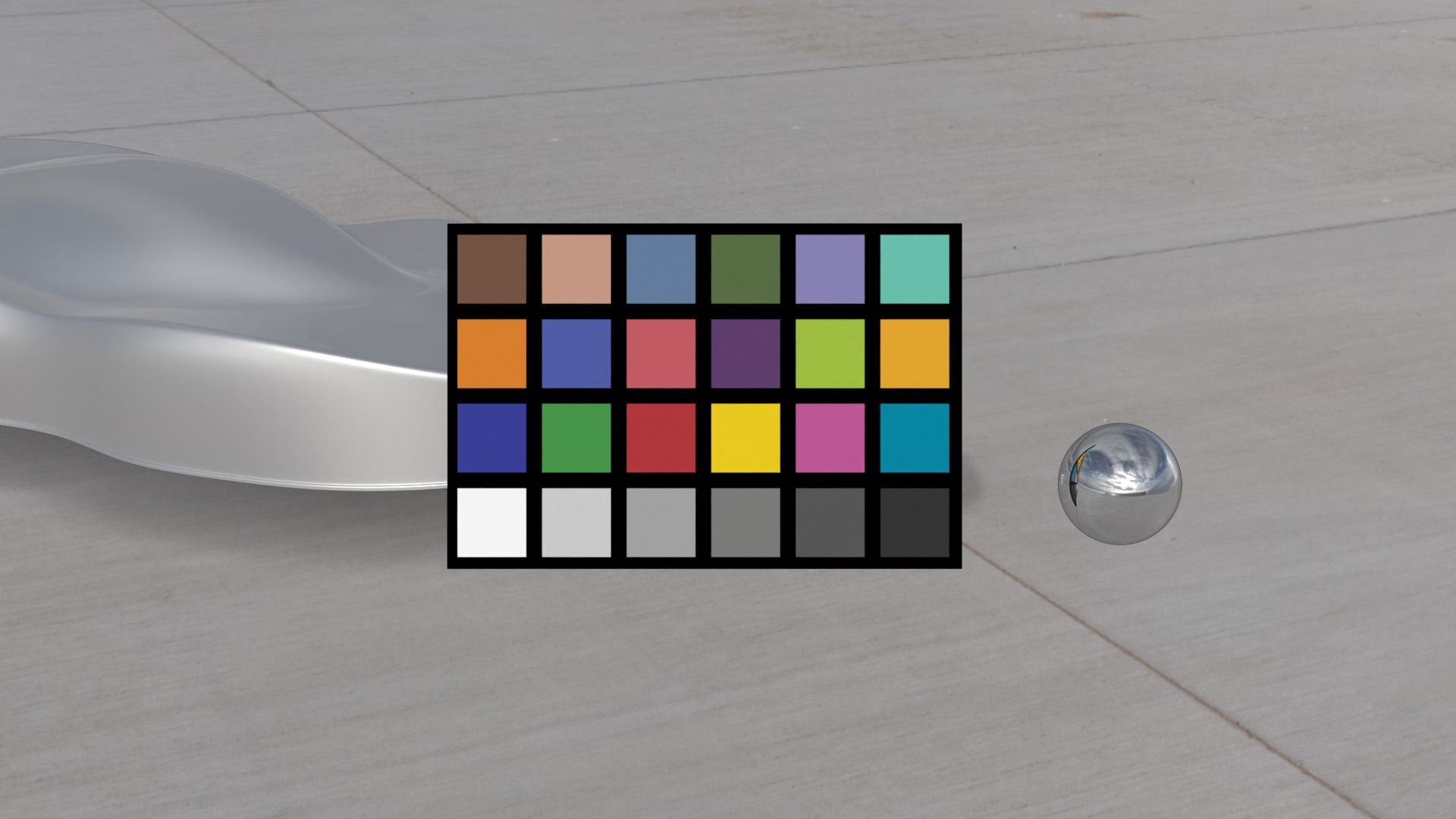Today’s top 3D designers need to master a variety of DCCs and technologies.
Although tools like Unreal Engine and Blender are becoming increasingly popular, when it comes to professional automotive rendering, one tool stands out: Autodesk VRED.
This highly specialized software tool is complex, and the license fees for using it are hefty. In our 20 years of experience in the industry, though, we’ve found that VRED is the rendering tool of choice for most 3D designers at major auto brands, as well as the agencies that serve them.
This post shares the details every 3D designer must know about Autodesk VRED, as well as our insights from working directly with Autodesk on integrating our VRED maps into the tool.
The Basics

New tools like NVIDIA Omniverse USD Composer take the concept of real-time rendering in new directions. Client-side platforms like WebGL even bring a semblance of real-time rendering directly to consumers’ browsers.
Autodesk VRED, however, brings real-time rendering to the enterprise space for automotive designers, and Autodesk has been on the forefront of real-time rendering for years.
VRED allows designers to place a vehicle’s digital twin directly into a 3D scene, light the vehicle realistically using image-based lighting data embedded in the scene, position the camera, see changes in real time, and ultimately create a production-ready render.
The impressive speed and versatility of the tool mean that designers can quickly mock up highly realistic renders, both for concepting and for final production use in fields like advertising.
That speed, versatility, and intense realism make VRED the tool of choice in many enterprise settings.

Who Uses Autodesk VRED?
In our experience, nearly every major automotive brand, as well as the agencies and design houses that serve them, use Autodesk VRED in their rendering workflows.
VRED is the dominant tool in the enterprise space. While some student 3D designers and many freelance designers make use of other DCCs, we’ve found that once designers reach a certain level in the automotive rendering space, they generally turn to VRED as their platform of choice.
Challenges and Downsides
The biggest challenge with Autodesk VRED is its hefty price tag. A single seat can cost over $1,000 per month, and many companies pay tens of thousands of dollars per year to provide their designers with access to VRED.
The enterprise-level designers that we speak to tell us that they find the price tag well worth it, given that their campaigns can lead to millions of dollars in sales.
The challenge, though, is that the cost of a VRED license makes the tool largely accessible only to designers in the enterprise space. It’s much harder to get started with VRED if you’re a student or a beginning designer.
Emerging Alternatives to Autodesk VRED
Although we’ve found that VRED is the tool of choice in the enterprise space, has been for years, and is likely not going anywhere, we have seen a trend towards more designers using other real-time rendering tools.
Unreal Engine from Epic Games is one of the most popular alternatives. We’ve also seen designers use the open-source tool Blender.

We see designers use Omniverse more for ideation and rapid testing of renders, though. Most enterprise 3D designers in the automotive space still use VRED for production renders.
Where to Get VRED Downloads and VRED Maps

Excitingly, this year, we partnered with Autodesk to provide five professional-grade 3D scenes for free directly within the tool’s interface. You can read more about all of these scenes and download them directly on our website.
We want to make 3D scenes more accessible to designers, whether you’re using VRED through your school or are a professional designer at the enterprise level who needs a VRED map of a racetrack , coastal road , or other location for a production render.
Interested in learning more about VRED? Join our newsletter. We often share updates on new 3D scenes for the tool (including those free 3D scenes!), and many of our artists of the month create inspiring work using the tool. We’d love to share more of it with you.
Top

